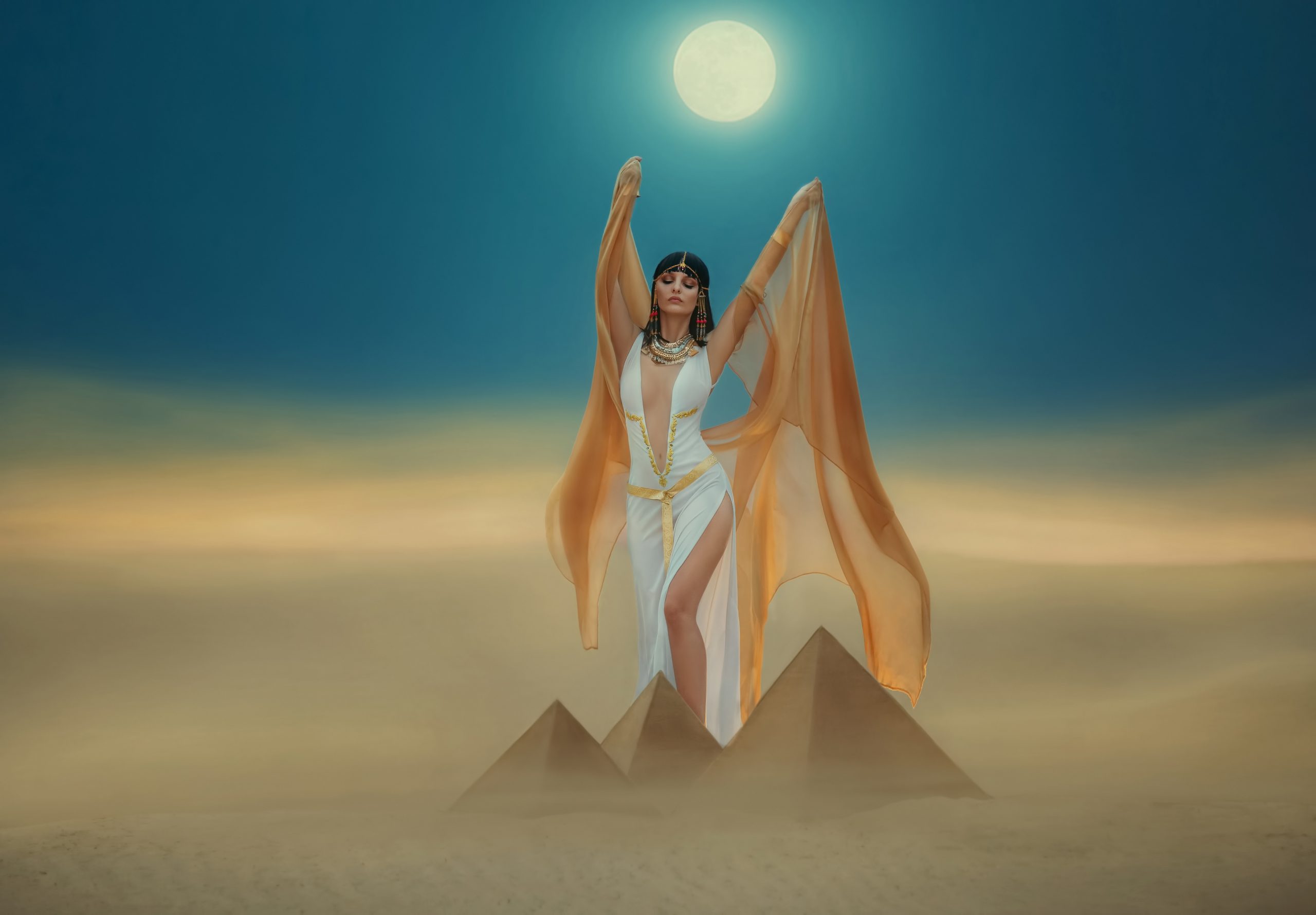
“Ahsoka,” the much anticipated Rosario Dawson vehicle, certainly relies on affinity to previously depicted characters to power its initial emotional arcs. So if you’re not already invested in Sabine Wren, Ezra Bridger, Hera Syndulla, and other characters from previous stories like the Star Wars animated show “Rebels,” you may be adrift for the first two episodes.
This new Disney+ series opens with two Force-sensitive human villains (Ray Stevenson as Baylan Skoll and Ivanna Sakhno as Shin Hati) freeing Morgan Elsbeth (Diana Lee Inosanto), who had been previously delivered to the Rebellion by Ahsoka for safekeeping. When we first see our heroine, she’s looking for a map to major “Rebels” villain Grand Admiral Thrawn, who Morgan Elsbeth is also seeking and is presumably with Ezra. Ahoska gets the map but needs help making sense of it. With encouragement from Hera Syndulla (Mary Elizabeth Winstead), Ahsoka enlists her former Padawan Sabine (Natasha Liu Bordizzo) to help.
Casual Star Wars fans may be forgiven for not having seen every installment and perhaps being a little lost at the start of “Ahsoka.” (Consider it punishment for not being loyal enough.) Still, “Ahsoka” has classic Star Wars stylistic flourishes, like how the show opens with that famous scrolling text—but with a more serious red this time. Early on, we’re also reminded of the franchise’s lore, from how each lightsaber is unique to its owner to Ahsoka’s days as the padawan of a pre-Darth Vader Anakin Skywalker.

From the first two episodes made available to critics, it’s hard to tell where “Ahsoka” falls in the Star Wars universe. It appears to lack the political aspirations of “Andor,” an exposé of how fascism rises and affects the fates of immigrants when it does. “Ahsoka” doesn’t have much of that, only a slight note about how greed, not loyalty, wins people over to the Empire. It also is missing the madcap fun of “The Mandalorian.” There’s no monster of the week or cutesy sidekicks here.
Instead, we have Ahsoka herself, a compelling character and enigma in the Star Wars universe. She is both part of the central Darth Vader/Luke/Leia tale and separate from it, a Jedi by training but one that left before completing her training.
She’s also visibly not human, a rarity for a Star Wars protagonist. And a woman of color, too. As such, Rosario Dawson fills her head tails well. She moves and speaks slowly and purposefully. Ahsoka is a hero who will not be rushed, and who is clear in her sense of self and place in the universe.
Of course, that doesn’t mean she can’t go quickly when needed. Plenty of fun action sequences in “Ahsoka” let us watch Dawson’s character wield her two white lightsabers with purpose, speed, and precision.
Will that be enough to power a full series? It’s unclear from the first two episodes, but the myth of the character and Dawson’s performance gives enough reason to tune in. We’ve been waiting for it long enough.

When the Vanity Fair cover dropped last year featuring Dawson, Diego Luna (“Andor”), and Pedro Pascal (“The Mandalorian”), it felt like Latinos had arrived, conquering the galaxy, far, far away, and our imaginations back on Earth too. But the truth has been a bit more complicated as their characters aren’t Latino per se—how could they be when they’re from different worlds altogether?
For Dawson as Ahsoka, it’s even more fraught. Luna kept his Mexican accent in “Andor,” while the planet of Mandalor could be read as a Latin American country decimated by empirical greed like Pascal’s own Chile. But Ahsoka’s backstory is more Star Wars legend than any geopolitical reality on Earth.
Then there’s the matter of her body paint. She’s orange from head to toe, the beauty of her natural skin tone obscured. As when Lupita Nyong’o plays Maz in this universe, or Zoe Saldaña becomes green (“Guardians of the Galaxy”) or blue (“Avatar”) in other galaxies, it seems no matter how far some creators place their imagined societies, they can still only depict Black women as others—never fully human.
Of course, it does matter that Ahsoka is no longer a side character. She’s the titular hero in an expensive and well-marketed franchise. As such, her show is an arrival of sorts. Here we have an Afro-Latina woman holding the screen and our attention like she was born for the role. And maybe she was. We’ll have to see more where “Ahsoka” takes Dawson next to find out.
Two episodes of “Ahsoka” were screened for review. “Ahsoka” premieres on Disney+ on August 23, 2023.




